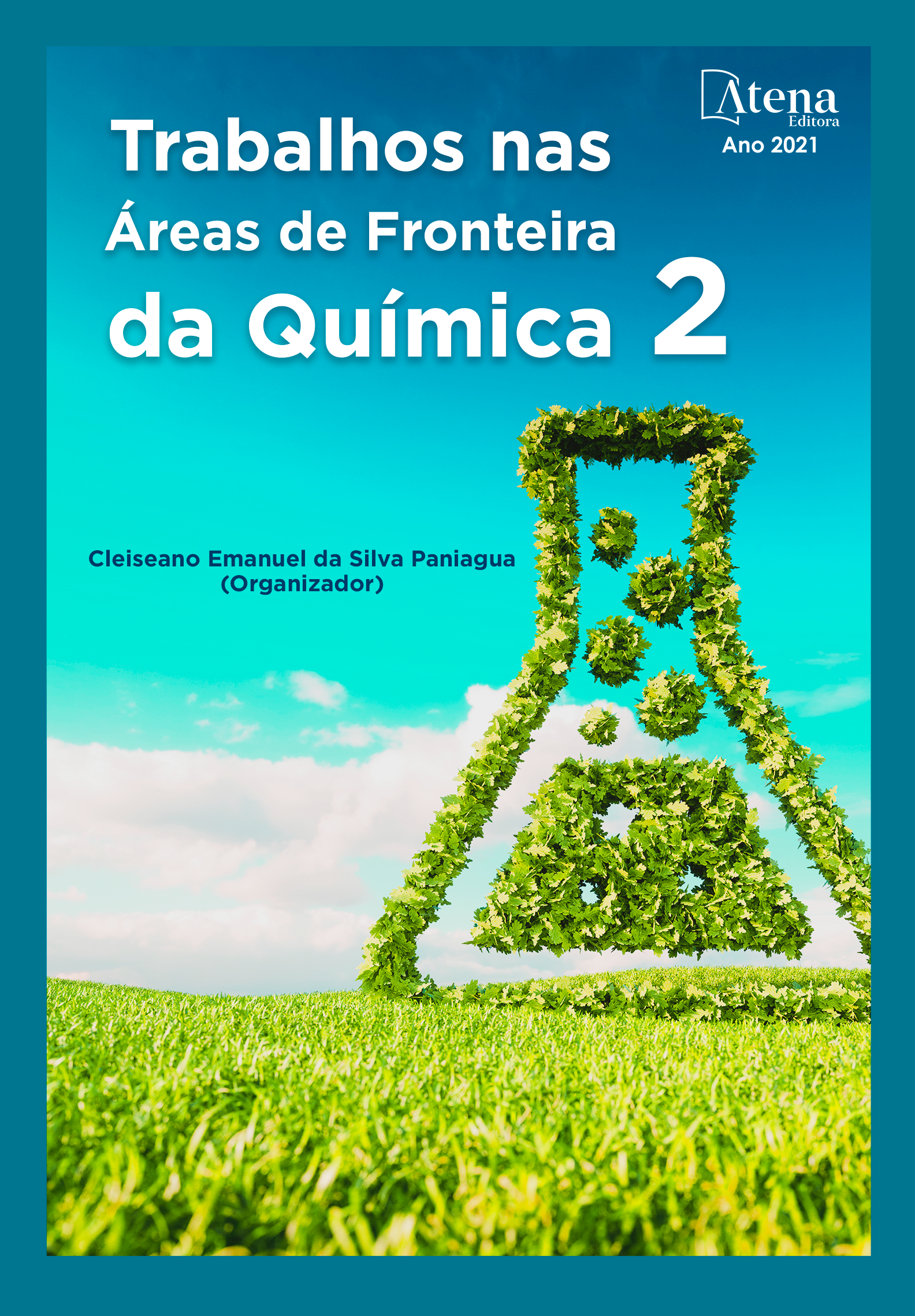
Comparação da degradação de fármacos em águas superficiais por processos oxidativos avançados
A degradação dos fármacos hidroclorotiazida (HCTZ), naproxeno (NAP) e gemfibrozil (GEM), foi avaliada pelos processos de fotólise (UV-A e UV-C) peroxidação fotoassistida (H2O2/UV-C), fotocatálise heterogênea (TiO2/UV-A) e foto-Fenton modificado com ferrioxalato (FeOx) em águas de superfície (AS) . Inicialmente, avaliou-se a influência da fotólise em diferentes valores de pHs (4,0; 6,2 e 7,0) com radiação UV-C, apresentando melhor eficiência em pH 6,2 (natural da matriz). Para o processo H2O2/UV-C, avaliou-se a influência da concentração de H2O2 (1,0; 2,0; 4,0 e 6,0 mg L-1), obtendo-se melhor eficiência com 4,0 mg L-1 do oxidante após 30 min de irradiação. Já o processo TiO2/UV-A, avaliou-se a influência da concentração de TiO2 (50, 100, 150 e 200 mg L-1)e a influência da concentração de H2O2 (1,0; 3,0; 6,0 e 9,0 mg L-1) obtendo-se melhor eficiência ao se empregar 150 mg L-1 de TiO2 e 6,0 mg L-1 de H2O2, atingindo 87% de degradação da mistura após 120 min de tratamento. Com o intuito de se avaliar o aumentoda degradação e possível maior mineralização, estendeu-se o tempo de reação para estes processos, obtendo-se uma eficiência de degradação abaixo do LD dos fármacos na mistura. Para o processo foto-Fenton modificado com ferrioxalato (FeOx), avaliou-se a influência da concentração de Fe3+ (1,0; 3,0 e 5,0 mg L-1), obtendo-se melhor resultado ao se empregar 3,0 mg L-1 de Fe3+ ao fixar a concentração de H2O2 (4,0 mg L-1) e C2O42- (1,2 mg L-1). Avaliou-se também a proporção de Fe:C2O42- (1:3, 1:6, 1:9 e 1:12), obtendo-se eficiência abaixo do LD dos fármacos após 15 min de irradiação quando empregado a proporção molar de 1:9. Portanto, os processos avaliados podem ser utilizados como uma etapa de tratamento complementar aos processos convencionais existentes para remoção destes compostos-alvos em águas superficiais.
Comparação da degradação de fármacos em águas superficiais por processos oxidativos avançados
-
DOI: 10.22533/at.ed.22921120216
-
Palavras-chave: águas superficiais, fármacos, processos oxidativos avançados.
-
Keywords: surface waters, pharmaceuticals, advanced oxidative processes.
-
Abstract:
Pharmaceuticals hydrochlorothiazide (HCTZ), naproxen (NAP) and gemfibrozil (GEM) degradation were evaluated by the processes photolysis (UV-A and UV-C), photo-assisted peroxidation (H2O2/UV-C), heterogeneous photocatalysis (TiO2/UV-A) and photo-Fenton modified with ferrioxalate (FeOx) in surface waters (SW). Initially, the influence of photolysis at different pH values (4.0, 6.2 and 7.0) with UV-C radiation was evaluated, showing better efficiency at pH 6.2 (natural matrix). For the H2O2 / UV-C process, the influence of the H2O2 concentration (1.0, 2.0, 4.0 and 6.0 mg L-1) was assessed, obtaining better efficiency with 4.0 mg L-1 of the oxidant after 30 min of irradiation. The TiO2/UV-A process, on the other hand, evaluated the influence of the TiO2 concentration (50, 100, 150 and 200 mg L-1) and the influence of the H2O2 concentration (1.0; 3.0; 6.0 and 9.0 mg L-1), obtaining better efficiency when using 150 mg L-1 of TiO2 and 6.0 mg L-1 of H2O2, reaching 87% degradation of the mixture after 120 min of treatment. In order to evaluate the increase in degradation and possible greater mineralization, the reaction time for these processes was extended, obtaining a degradation efficiency below the LD of the pharmaceuticals in the mixture. For the photo-Fenton process modified with ferrioxalate (FeOx), the influence of the Fe3 + concentration (1.0; 3.0 and 5.0 mg L-1) was evaluated, obtaining a better result when used 3, 0 mg L-1 of Fe3+ when fixing the concentration of H2O2 (4.0 mg L-1) and C2O42- (1.2 mg L-1). The proportion of Fe:C2O42- (1:3, 1:6, 1:9 and 1:12) was also evaluated, obtaining efficiency below the pharmaceuticals LD after 15 min of irradiation when the molar ratio of 1:9. Therefore, the evaluated processes can be used as a treatment step complementary to the existing conventional processes for removing these target compounds in surface waters. -
Número de páginas: 15
- Ivo Amildon Ricardo
- Eduardo de Oliveira Marson
- Vinicius Alexandre Borges de Paiva
- Alam Gustavo Trovó
- Cleiseano Emanuel da Silva Paniagua


